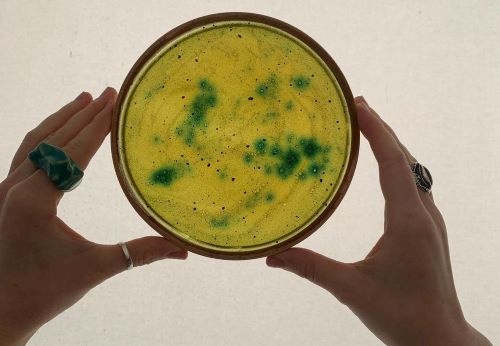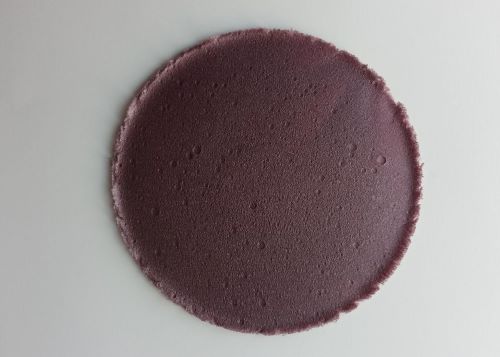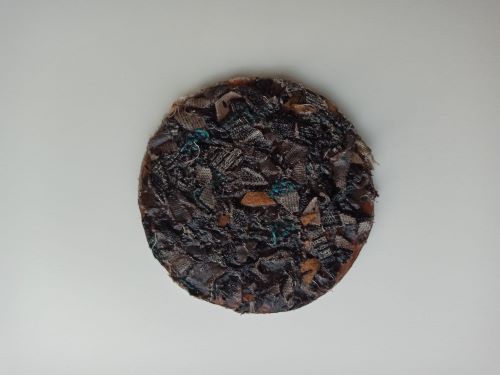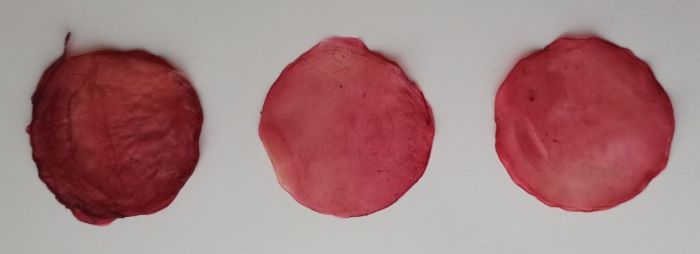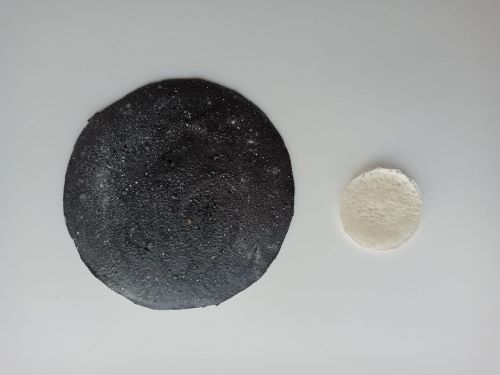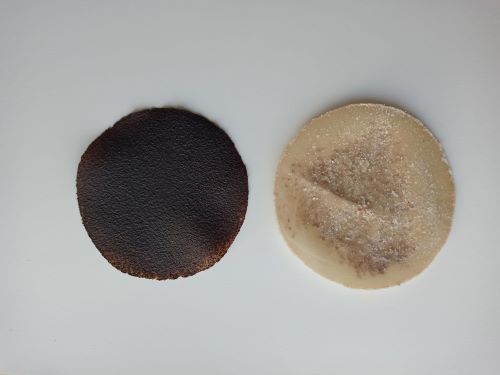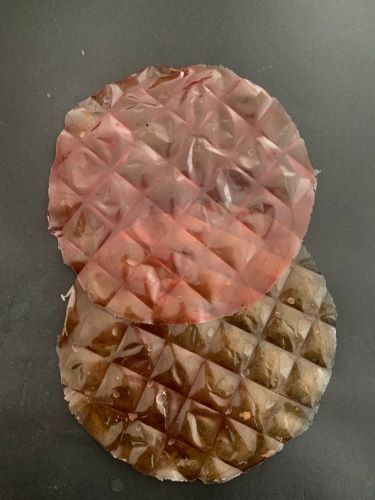6. BioFabricating Materials¶
Week 06 _ bio¶

In the sixth week, the depression continues because every week is complicated. I think that this week will be much more creative and will allow me to get involved more creatively. But...
My experience¶
The course Biofabricating Materials by Cecilia Raspanti was quite explicit. I understood what materials we use and what techniques we must use to receive textiles of different elasticity. Again we decided to work in a group. Together with my colleagues at ZipHouse everything seems much simpler and more creative.
Research¶
And again, internet searches led me to Pinterest. Here I managed to admit the special creations made from organic materials.
In the Republic of Moldova we do not have specialists in the creation of biomaterials. We are always inspired by artists who live and create abroad.

Creating textiles from organic materials is a very interesting process. I had my first experience with them participating in Fabricademy Bootcamp 2022 in GENEVA. We experimented and many special samples were obtained.

The first experiment - agar¶
We started with the crafted bio-materials, more presisly with the agar bioplastic. Agar or agar-agar is a jelly like substance obtained from red algae. The first experiment was classified according to the level of elasticity and the level of color presence. Here we obtained three samples of different elasticity that presented different level of color. They will be called Agr_01, Agr_02 and Agr_03
* agar-agar powder - 4 gr
* water - 100 ml
* glycerine - 0 gr (brittle);
- 5 gr (semi-flexible);
- 14 gr (flexible).
* pigments - zero
- little;
- mediu.
* flowers, peels, etc.
* cinnamon
* spoon, tongs, wisk;
* stove
* pots, jars;
* scale;
* molds, textiles, textures, etc
* Warm water in a pot.
* Add the Glycerine.
* Add the Agar or Agar.
* Mix gently at 60 ºC so that Agar is dissolved with the Glycerine.
* Simmer more for 80ºC.
* Prepare Moulds.
* Prepare your colours in jars.
* Once it becomes thicker like a syrup, mix your colours in the jars and gently cast in moulds.
* Let it dry in a ventilated and dry room.

The second experiment - gelatine¶
For the second experiment I used gelatin as the main ingredient. Gelatin is an ingredient of animal origin, made from the collagen present in animal parts. In the second experiment, the focus was not on the level of elasticity, but on the visual effect of the material. Biomaterial of medium elasticity mixed with various flowers, peels, leaves, coffee, eggshells were used. They will be called Gel_01, Gel_02, Gel_03, Gel_04 and Gel_05.
* gelatine powder - 48 gr
* water - 250 ml
* glycerine - 0 gr (brittle);
- 24 gr (semi-flexible);
- 48 gr (flexible).
* pigments
* flowers, peels, etc.
* cinnamon
* spoon, tongs, wisk;
* stove
* pots, jars;
* scale;
* molds, textiles, textures, etc
* Warm water in a pot on the stov.e
* Add the Glycerine.
* Add the Gelatine.
* Mix the ingredients gently until a smooth mix.
* Boil for 15-20 min at 80-86ºC max whisking constantly.
* Prepare Moulds.
* If you are paling to use multiple colors, prepare them in jars.
* Once it becomes thicker like a syrup, mix your colours in the jars and gently cast in moulds.
* Let it dry in a ventilated and dry room

The third experiment - bio foam¶
Bio foam is a mixture in which the main element is soap. In the third experiment, only a sample of biomaterial was created - Foam_01.
* gelatin powder - 48 gr
* water - 240 ml
* glycerine - 8 gr (brittle);
* table spoon soap
* pigments
* cinnamon
* spoon, tongs, wisk;
* stove;
* pots, jars;
* scale;
* molds, textiles, textures, etc
* Warm water in a pot on the stove (water can be plain or already dyed).
* Add the Glycerine.
* Add the Gelatine.
* Mix the ingredients gently until a smooth mix
* Add a table spoon of dishwashing soap to the mixture
* Boil for 15-20 min at 80-86ºC max whisking constantly.
* Prepare Moulds.
* If you are paling to use multiple colors, prepare them in jars.
* Once it becomes thicker like a syrup, mix your colours on the jars and gently cast in moulds.
* Let it dry in a ventilated and dry room

The fourth experiment - banana leather¶
Of course, I also experimented with creating materials from banana peels. In the fourth experiment only a sample of biomaterial was created - Fru_01.
* banana peels - 70 gr;
* water - 250 ml;
* vinegar - 25 gr;
* honey - 5 gr;
* thyme - 1 gr;
* cinnamon - 1,5 gr.
* blender
* spoon, tongs, wisk;
* cooking pot;
* wooden roller and baking paper;
* sieve, etc
* Cut the banana peels intro small pieces.
* Place the pieces intro the blender, add water and blend everthing intro a paste.
* Heat and stir gently, turn off the heat after boiling.
* Filter and remove the excess water, use a sponge to dry the residue.
* Scrape everything intro a bowl. Add vinegar, thyme, cinnamon and honey, mix everything well.
* Put the mixture inside ton a baking paper and start rolling it gently with a wooden roller until the desired thickness.
* Leave it aside for about 2 days.

The fifth experiment - kombucha fermentation¶
Kombucha is a fermented beverage made from brewed tea and sugar. The kombucha process resembles Vinegar fermentation. Like vinegar, kombucha is a yeast fermentation of sugar to alcohol followed by a bacterial fermentation of alcohol to acetic acid. In the fifth experiment, two biomaterial samples were created that differ in color - Kom_01 and Kom_02.
* tea - 7 gr
* sugar - 70 ml
* water - 1 l
* glass bowl;
* spoon;
* sun rays, etc.
* The Kombucha development started in June from a small Kombucha scoby. Along the way, it was devided into several parts. 24H before the Kombucha was taken out and put to dry, we prepared hibiscus and sweet turmeric tea.

Documenting and comparing experiments¶
| Material pic | Name | polymer | plastifier | filler | emulsifier |
|---|---|---|---|---|---|
 |
Agr_01 | agar-agar powder 4 gr | glycerine 0 gr | water 100 ml | green pigment 0 gr |
 |
Agr_02 | agar-agar powder 4 gr | glycerine 5 gr | water 100 ml | green pigment 2 gr |
 |
Agr_03 | agar-agar powder 4 gr | glycerine 14 gr | water 100 ml | green pigment 5 gr |
 |
Gel_01 | gelatine powder 48 gr | glycerine 24 gr | water 250 ml | onion skins |
 |
Gel_02 | gelatine powder 48 gr | glycerine 24 gr | water 250 ml | flower petals |
 |
Gel_03 | gelatine powder 48 gr | glycerine 24 gr | water 250 ml | flower petals |
 |
Gel_04 | gelatine powder 48 gr | glycerine 24 gr | water 250 ml | coffee |
 |
Gel_05 | gelatine powder 48 gr | glycerine 24 gr | water 250 ml | green soap a drop |
 |
Foam_01 | gelatine powder 48 gr | glycerine 8 gr | green soap a drop | egg shells |
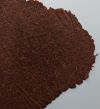 |
Fru_01 | banana peels 70 gr | vinegar 25 ml | water 250 ml | goney 5 gr |
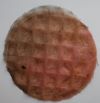 |
Kom_01 | tea 7 gr | sugar 70 g | water 1 l | sun |
 |
Kom_02 | tea 7 gr | sugar 70 g | water 1 l | sun |
Results¶
The result of this week is a library of biomaterials. I believe that these researches can continue by diversifying the components of the material creation recipes. The videos were made by Valentina Frunze and Elena Bannaia. A series of pictures taken by Elena Bannaia can be viewed below.

